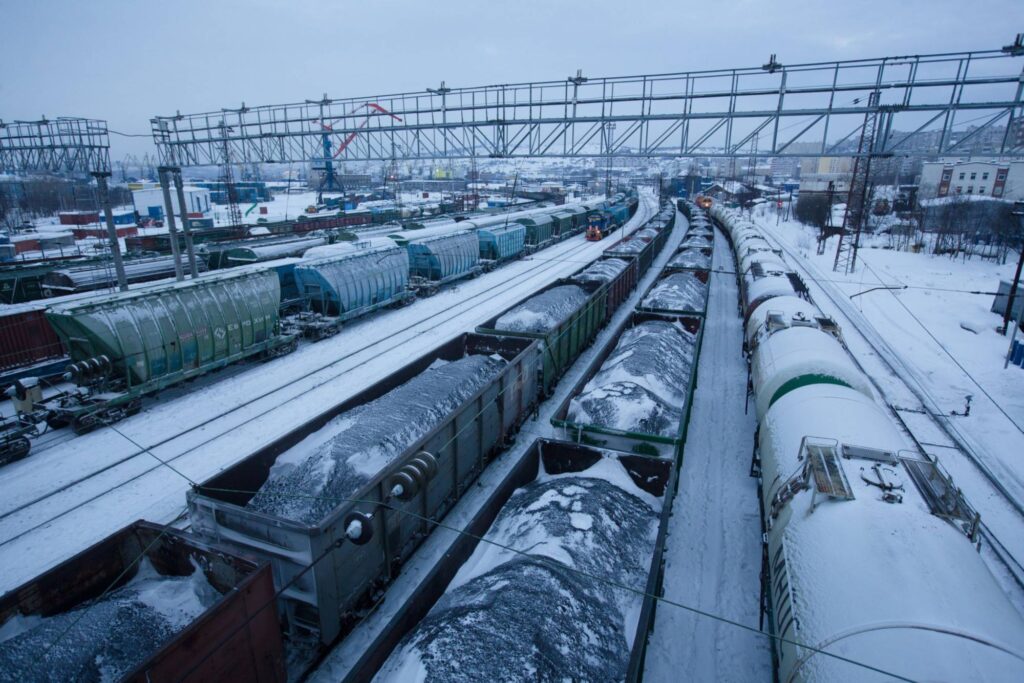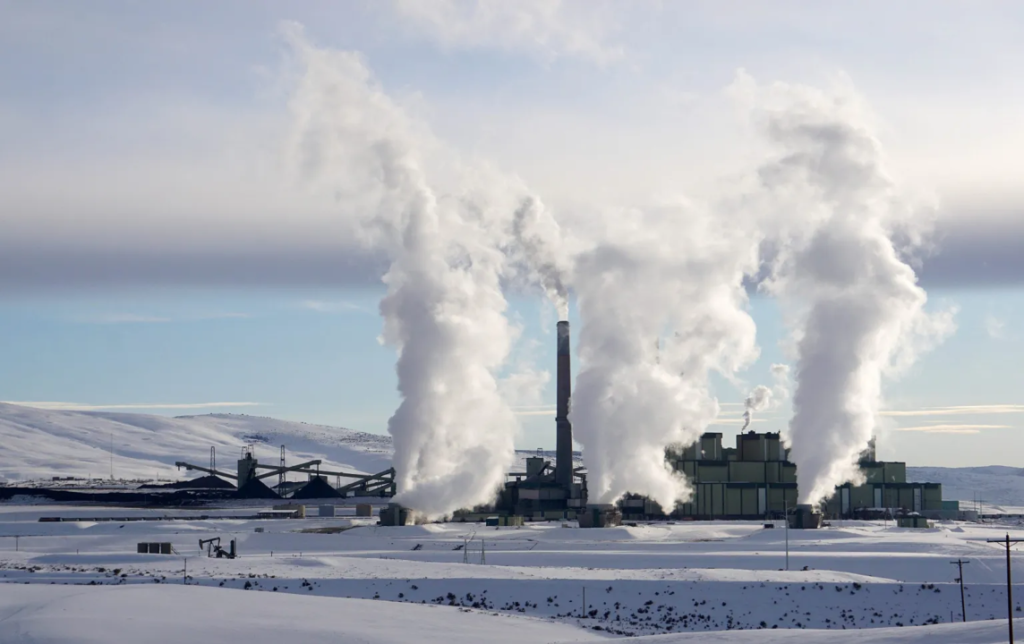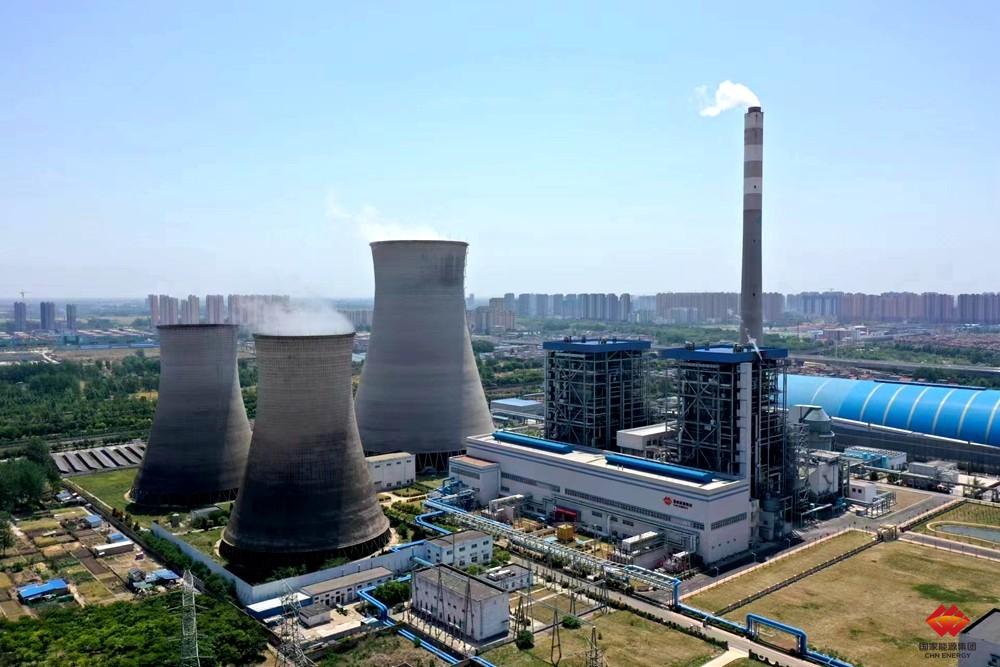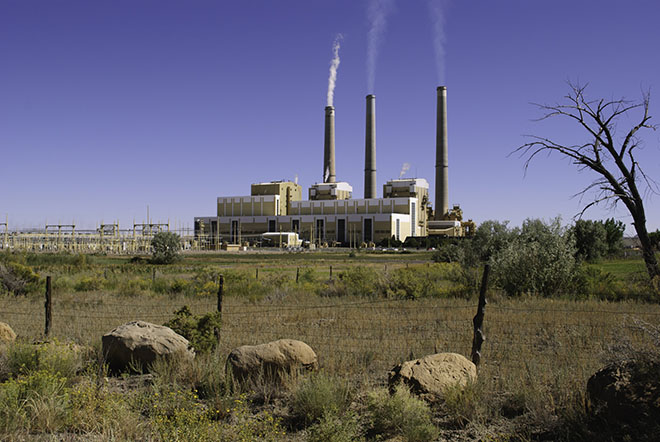East Australia’s coal-fired power generation reached a new quarterly low in October-December 2023, but was almost unchanged from the fourth quarter of 2022.
This came as lost output from the Liddell plant closure last year was largely compensated by increased generation from other units. Generation from coal-fired plants excluding lignite in the National Electricity Market (NEM) — which covers eastern Australia — inched down by just 30MW or 0.3pc on the year to an average of 9,189MW in the last quarter of 2023, the Australian Energy Market Operator (Aemo) said in its Quarterly Energy Dynamics(QED) Q4 2023 report.
Utility AGL closed its 1,680MW coal-fired Liddell power plant in New South Wales (NSW) last April. But Origin Energy’s 2,880MW Eraring, AGL’s 2,640MW Bayswater and EnergyAustralia’s 1,400MW Mount Piper plants in that same state stepped up production, while generation in Queensland also rose on the year, Aemo noted.
Reduced outages at the remaining plants offset the reduction in availability from Liddell’s closure, while government policies capping domestic thermal coal prices and improved coal supply conditions lowered marginal costs for coal-fired units. This led to a “notable increase” in coal-fired generation volumes offered to the spot market at lower price ranges, with the average spot price set by coal units in the mainland region nearly halving to A$58/MWh ($38/MWh) in the fourth quarter of 2023 from A$113/MWh a year earlier, Aemo said.
NEM prices
Average wholesale electricity prices across the NEM fell by A$44/MWh on the year and by A$15/MWh from the third quarter to A$48/MWh in October-December 2023, as lower fossil fuel costs combined with growing penetration of grid-scale renewables and distributed solar photovoltaic (PV).
Grid-scale variable renewable energy output reached an all-time quarterly average high of 5,168MW, up by 14pc on the year, pushing gas-fired output down by 6pc to 851MW — the lowest average for any quarter since 2000. EnergyAustralia’s new 316MW Tallawarra B gas-fired peaking plant in NSW connected to the NEM last quarter, the largest of seven units that came on line across the system for all technologies, with around 0.8GW of combined capacity.
Warmer temperatures led to the first year-on-year increase in average operational power demand since 2015 for a fourth quarter to 19,745MW, but this was mitigated by higher renewable generation. Average output from distributed solar PV — mostly rooftop solar systems — reached a new high of 3,433MW, 505MW higher than a year earlier.
Aemo noted that the first negative operational demand were recorded in South Australia last quarter on 31 December 2023, with -26MW registered in the half-hour ending 13:30 local time. This came as distributed PV output represented 101.7pc of the local underlying demand at that period.
Stronger output from grid-scale renewable plants and rooftop systems also led to a record occurrence of negative or zero wholesale prices across the NEM last quarter, with 20pc of all five-minute dispatch intervals over the quarter reaching those levels. Negative prices have been taking place mostly during daylight hours and especially between 10:00-14:00, when higher grid-scale solar supply combines with reduced operational demand stemming from increasing distributed PV output.
Total emissions across the NEM fell by 1.1mn t of CO2 equivalent (CO2e) to a new record low of 25.4mn t CO2e in October-December 2023 as a result of the increased renewable generation, Aemo added.









